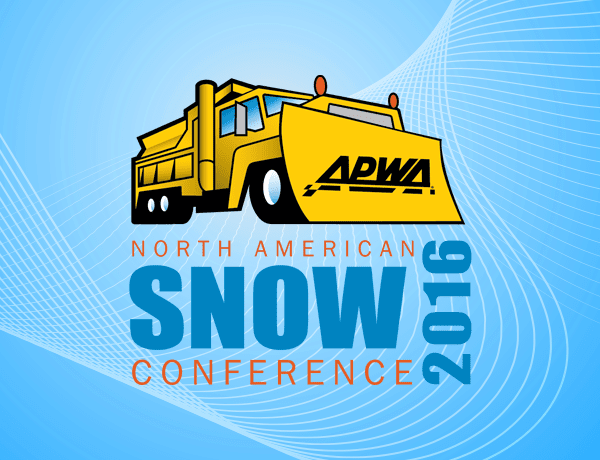Video
The Village of Pleasant Prairie and Kenosha County partnered to on a park and ride project that included self-performed municipal construction work, an environmentally responsible design, several innovative construction techniques to reduce the impact of construction, meet critical timelines, and tight budget constraints.
Read MoreOvercoming Political Pressure and Community Stigma When Evaluating Tree Removal for Public Works Pro
When determining options for maintaining a particular roadway asset, Sumpter County found itself evaluating alternatives which either preserved or removed a pair of 300-hundred old oak trees. Community opposition and political stigma issues needed to be addressed. Find out how the issues were resolved.
Read MoreSponsored by APWA's Small Cities Rural Communities Committee
Public works agencies in small cities and rural communities often face challenges building support at the local and state level for critical public works services and projects that are often taken for granted. This session will share the results of successful advocacy efforts, proven advocacy strategies, and lessons learned for engaging local and state elected officials to build support for public works.
Read MoreIn the near future, vehicles will be able to see things that drivers can’t – for example, a vehicle two-three cars ahead suddenly breaking, or cars about to run red lights, or black ice on roads. For the past decade, the U.S. Department of Transportation has been researching and testing connected vehicle technology. Vehicle-to-vehicle (V2V) and vehicle-to-infrastructure (V2I) communication will enable safety, mobility, and environmental advancement. The public works community will play a major role in determining where V2V and V2I communications will be deployed. Are you ready? Do you know what questions to ask and what the public expects now and will expect in the future?
Read MoreIn response to poor broadband coverage from local telecommunications firms, the City of Sandy, Oregon (population 10,000) became an Internet Service Provider in 2003. The City recently upgraded to a fiber-to-the-home system. Examine how to develop and enforce robust and consistent street cut and right-of-way and inspection requirements and underground utility locate policies.c, private, or partnership, by understanding the typical FTTH construction practices and their impact on public works operations.
Read MoreOver the last seven years, The City of Columbus invested over $13 million in adding 125 miles of new bicycle accommodation and over 400 new bicycle parking locations to existing roadways. Learning how to work with community and advocacy groups is essential to a successful program. Check out how Columbus partnered with the Yay Bikes! Advocacy group to implement on-road bicycling.
Read MoreWelcome Opening Remarks: Brian L Usher, Jennifer Royce Perry, Marilynn Cruz-Aponte, Presentation of APWA's Excellence in Snow and Ice Control Awards Talk Show: Changing the Conversation: Public Works is filled with dedicated, hardworking intelligent individuals that have a strong sense of community pride. So – why doesn't the public recognize and appreciate the work that is done? This interactive talk show focuses on how some communities are changing the conversation and what YOU can do in your town to turn doubters into fans.
Read MoreWhen your winter maintenance budget is starving and your appetite for innovation is ravaging, what are the alternatives? This session give some alternatives utilized by the City of Olathe in minimizing the budgetary effects while taking advantage of established best practices in snow and ice control. Learn how Road Maintenance and Fleet Maintenance worked together to minimize costs while moving toward more effective winter maintenance.
Read MoreHow do you manage your storms in real time? How do you handle the situations that come up, both politically and publicly before and after each event?
Read MoreDuring this CLL, participants will hear from APWA and CPWA leaders and members about why and how they serve as public works advocates, as well as learn about resources available for Chapters to get involved and spread the word.
Read More